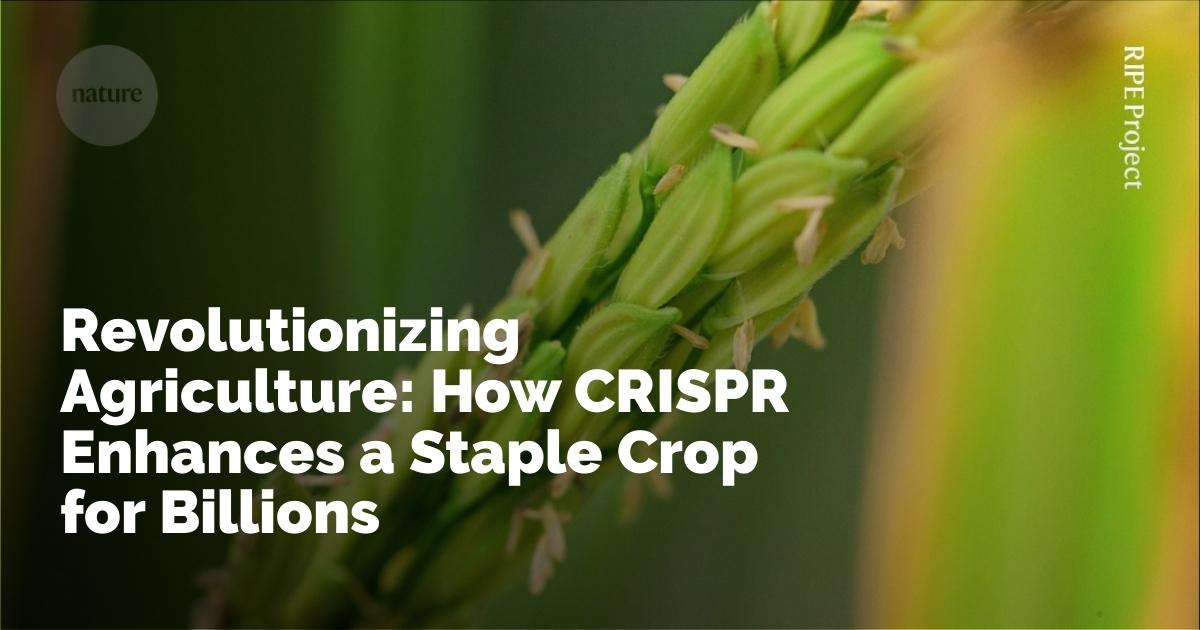Revolutionizing Agriculture: CRISPR Enhances Rice Crop Efficiency
Gene-Editing Breakthrough in Rice Cultivation
In recent years, the application of CRISPR technology has led to groundbreaking advancements in agriculture. One of the latest innovations involves improving the productivity and efficiency of rice — a staple food for billions globally. Traditionally, CRISPR, a precise gene-editing tool, has been used primarily to disrupt or deactivate specific genes to understand their functions better. However, scientists have now successfully utilized this technology not to disrupt but to enhance the function of particular genes within rice, paving the way for more sustainable agricultural practices.
Enhancing Water Efficiency and Sunlight Tolerance
Water scarcity and increasing climate unpredictability pose substantial threats to agriculture worldwide. With rice being a water-intensive crop, making it more water-efficient is crucial. The use of CRISPR has allowed researchers to modify specific genes within rice plants, enabling them to thrive with less water usage. This advancement not only promises to conserve precious water resources but also ensures stable rice production amidst climate challenges.
Furthermore, rice plants naturally struggle with excessive sunlight exposure, which can damage their cellular structures and hamper growth. Through gene editing, scientists have enhanced the rice plant's ability to protect itself from harsh sunlight, thereby increasing resilience and ensuring higher yields. This dual improvement in water and sunlight efficiency represents a significant step forward in making rice cultivation more sustainable and resilient to environmental changes.
Implications for Global Food Security
With over half of the world's population relying on rice as a primary food source, improving its cultivation efficiency is paramount to enhancing food security. The ability to grow rice that requires less water and can withstand harsher conditions addresses some of the critical challenges faced by farmers, particularly in regions prone to droughts and climate fluctuations. By integrating CRISPR technology into rice farming, not only is the crop yield expected to increase, but the agricultural industry's carbon footprint can be significantly reduced, contributing to broader environmental sustainability.
A Step Towards Sustainable Agriculture
The application of gene editing in rice plants is a shining example of how science and technology can intersect to solve real-world problems. The potential benefits extend beyond just rice; the principles of this approach can be applied to other crops, fostering an era of sustainable agricultural practices. As the global population continues to grow, innovations like these will be crucial in ensuring that food production can meet the increasing demand without exacerbating environmental issues.
Conclusion
This development in gene-editing technology is a testament to the potential of CRISPR in transforming agriculture. By focusing on enhancing gene functions rather than just deactivating them, scientists have opened up new pathways for improving crop resilience and efficiency. As research continues and the technology becomes more refined and accessible, the agricultural landscape is poised for significant change, with long-term implications for global food security and environmental health.
출처 : Original Source

